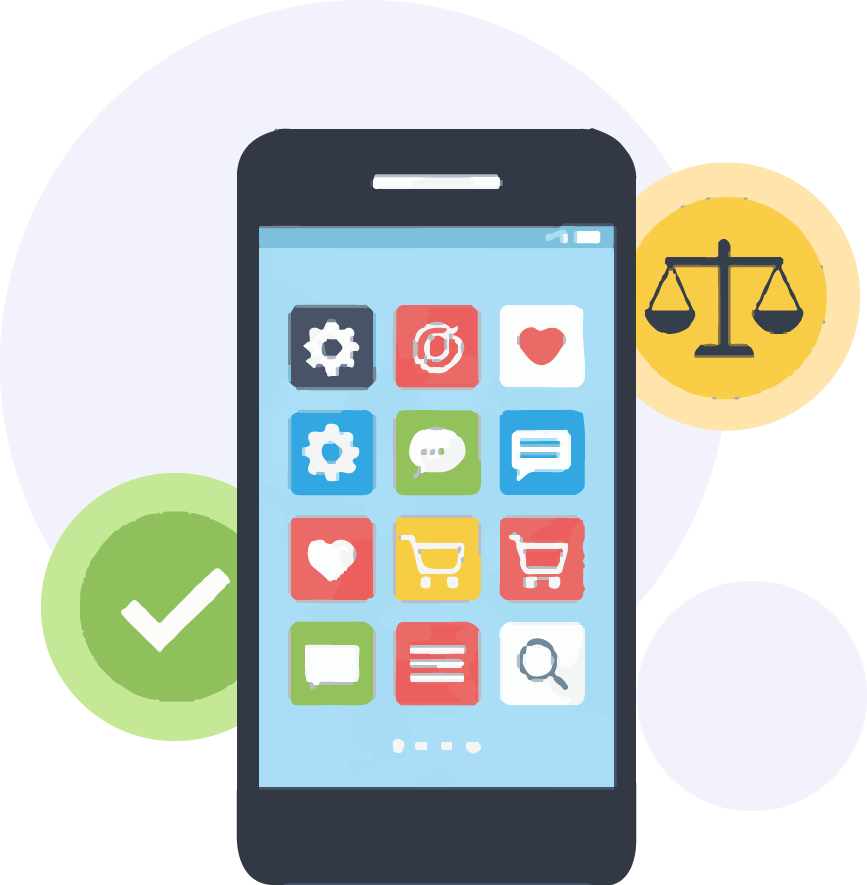Now Reading: Agile Backlog Refinement: Mobile App Feature Parity Case Study
-
01
Agile Backlog Refinement: Mobile App Feature Parity Case Study
Agile Backlog Refinement: Mobile App Feature Parity Case Study
How “ConnectApp” planned a massive project to bring their successful web features to their new mobile application without boiling the ocean.
The Challenge: A Tale of Two (Unequal) Platforms
ConnectApp’s web platform was feature-rich and beloved by its users. Their new mobile app, however, was lagging far behind, offering only a fraction of the web functionality. This created a jarring and frustrating user experience, leading to negative app store reviews and a high mobile churn rate. The company initiated a major strategic project, codenamed “Project Parity,” with the daunting goal of bringing the mobile app’s core functionality in line with the web. The sheer scale was overwhelming, and the team struggled to find a starting point.

The Solution: A Systematic Decomposition and Phasing Strategy
The product manager used the Agile Backlog Refiner to break down the monumental task into a manageable, phased roadmap. The goal was to deliver value incrementally, not wait a year for a “big bang” release.
- Breaking Down the Monolith (Step 2): Instead of one giant, intimidating “Project Parity” epic, they began by analyzing the web platform and created multiple, domain-specific epics for the mobile app’s backlog. This resulted in epics like “Mobile User Profiles & Settings,” “Mobile Real-Time Messaging,” “Mobile Activity Feed,” and “Mobile Advanced Search.” This immediately made the project feel less like a single mountain and more like a series of hills to be climbed.
- Prioritizing by User Value (Step 3): Within each new epic, they created PBIs for the specific missing features. They then used the MoSCoW method not just for individual PBIs, but to prioritize entire epics. Based on user data and support ticket volume, “Mobile Real-Time Messaging” was by far the most requested feature set, so its PBIs were prioritized as “Must Have.” “Mobile User Profiles” was a necessary dependency and also a “Must Have.” In contrast, the “Mobile Activity Feed” was deemed a “Should Have” and was slated for a later phase.
- Proactive Dependency Planning (Step 5): In the Risk Assessment step, the team identified a critical dependency risk: many of the new mobile features required new or modified APIs from the backend team. To avoid the mobile team being blocked, they created specific PBIs for the backend team (e.g., “API: Create /messages endpoint”) and even added a Spike: “Research optimal payload structure for mobile feed API.” These backend tasks were explicitly planned and prioritized to be completed *before* the dependent mobile work began.
- Creating a Phased Roadmap (Step 6): The sprint planning view became a multi-sprint, phased roadmap. The first few sprints focused heavily on the foundational “Mobile User Profiles” work and the critical backend API tasks. Subsequent sprints were planned to tackle the high-value “Mobile Messaging” features, followed by the “Mobile Advanced Search.” The Final Report (Step 7) clearly communicated this phased, value-driven approach to all stakeholders.
The Outcome: A Clear, Incremental Roadmap for a Complex Project
The tool enabled the team to turn a daunting, vague goal into a clear, sequenced, and achievable plan that delivered value to users along the way.
- Phased Delivery of Value: Instead of making users wait a year for everything, the team could now deliver high-value feature sets (like Messaging) to the app store incrementally, improving the user experience and demonstrating constant progress.
- Elimination of Blockers: By identifying and planning for the necessary API work upfront, they avoided the common and costly problem of the mobile development team sitting idle while waiting for the backend team to catch up.
- Clear Stakeholder Communication: The visual, phased roadmap in the Final Report was a powerful communication tool. It allowed the product manager to clearly articulate the project plan, manage executive expectations, and show consistent, meaningful progress quarter over quarter.
The Agile Backlog Refiner was the strategic planning tool that allowed ConnectApp to successfully navigate the complexity of a large-scale, multi-faceted project, ensuring they delivered the right features to their mobile users in the right order.
Tool Spotlight: How the Refiner Made the Difference
- Epic Decomposition (Step 2): The ability to create multiple, domain-specific epics was key to breaking down the overwhelming scope into logical, manageable workstreams.
- Cross-Epic Prioritization (Step 3): The tool’s simple list-based view made it easy to compare and prioritize PBIs from different epics against each other, ensuring the highest-value work was always at the top of the backlog, regardless of its category.
- The Dependencies Field (Step 5): Explicitly noting dependencies (e.g., “Requires new API endpoint”) made the critical path visible and forced a proactive, cross-team planning conversation.

